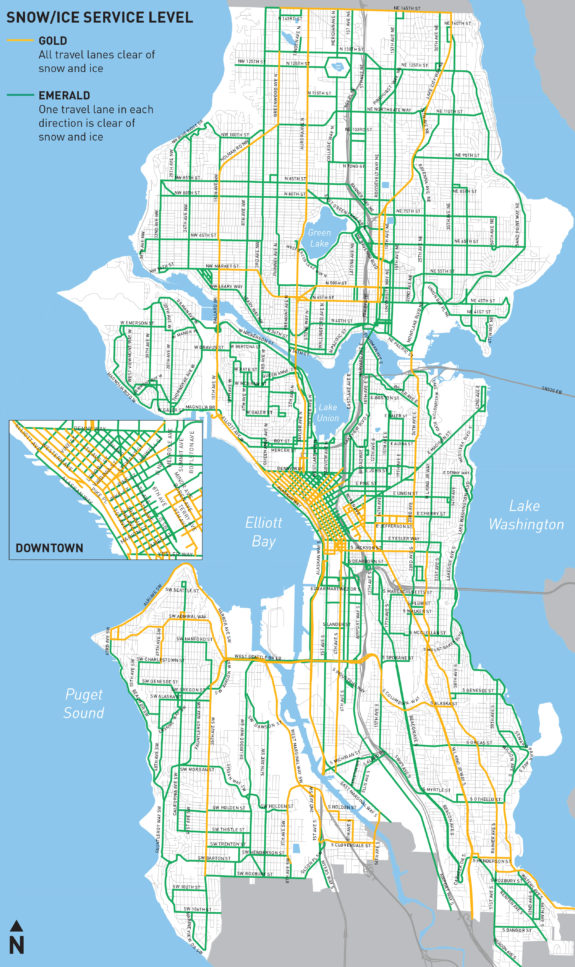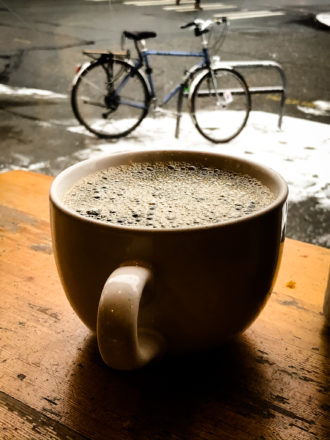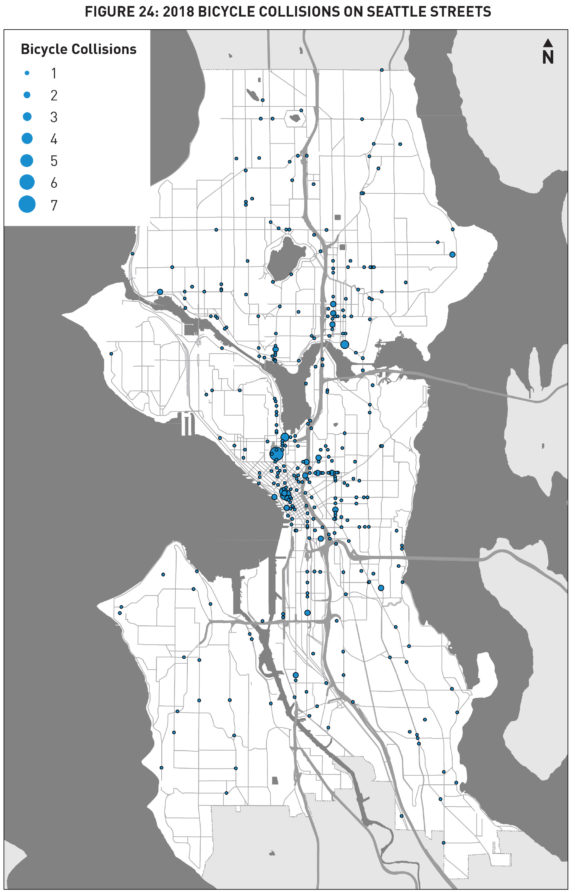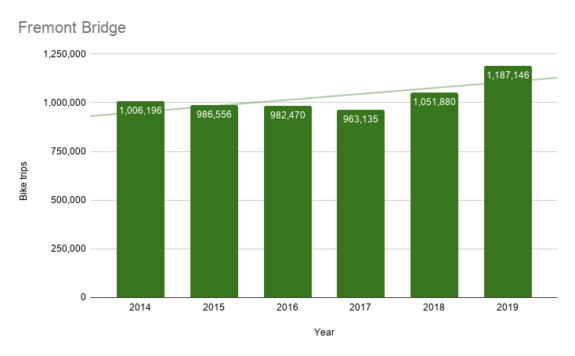Are you waiting for SDOT crews to clear your street? Well, you should probably check this map to see if they are ever coming:


SDOT also has an interactive map that will be updated to let you know which streets have been cleared recently.
The snows so far have not been completely debilitating to travel in Seattle proper, though the Eastside and some areas north of Seattle have had a lot more snow. But a night in the 20s froze a lot of side streets and sidewalks early Tuesday. There were some sketchy moments biking across Wallingford, though it wasn’t too bad once I got on the arterial streets SDOT crews had cleared. You still need to be on the lookout for slick patches and steer clear of metal surfaces like manhole covers and sewer grates.
Biking in Seattle when there’s snow on the roads can also be a bit harrowing, of course. But it can also be beautiful and fun. And unlike driving, you don’t become a sliding multi-ton block of steel if you lose traction. Just take care and don’t expect to get places too quickly. And be prepared to turn around and go home if it’s not going well (or lock your bike to the nearest bike rack and start walking). When I lived in Denver, a very flat city with powdery snow, I had a pretty good time getting around in the snow on my bike. But add a hill and a layer of ice, and it gets a lot harder. Be careful out there.
If you really do need to get somewhere and don’t feel comfortable biking, walking and transit are really your best options. But add a ton of time to your expected transit trip, and be aware that many bus routes change when there is snow and ice. So check the King County Metro service alert website to make sure your bus stop is still being served even if you know your bus route is operating (for example, the 5 is skipping Dayton Ave N as of this writing, the kind of change that could happen to your route if there is more precipitation).














